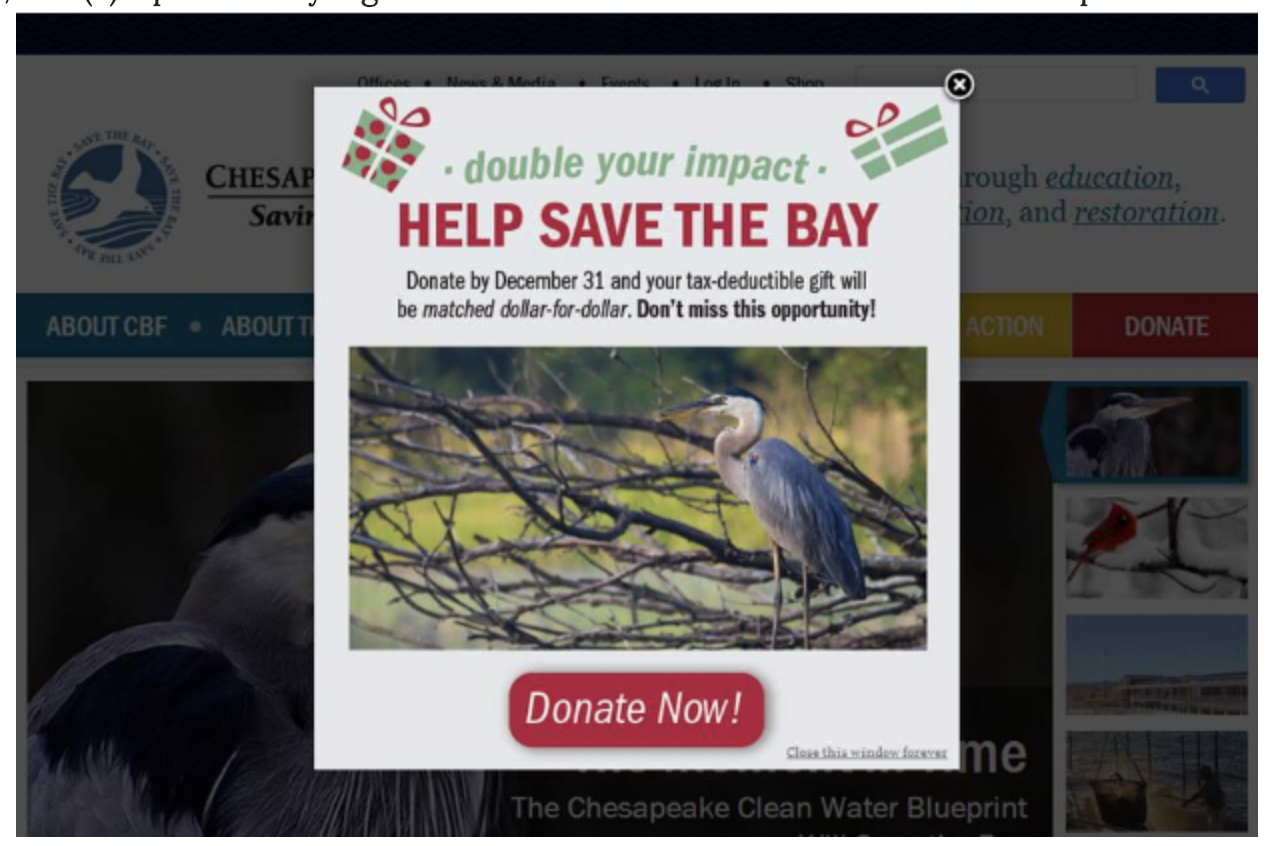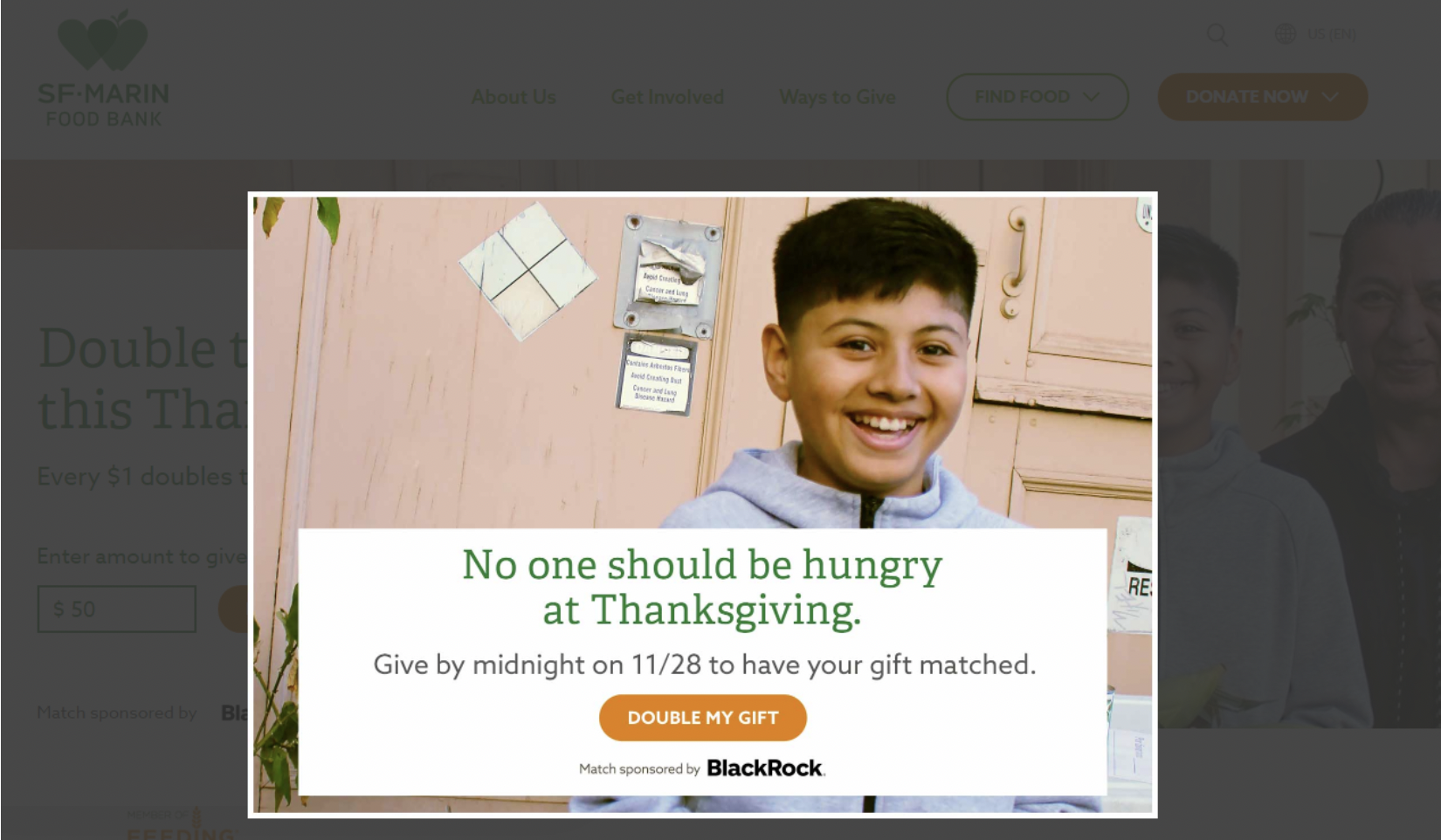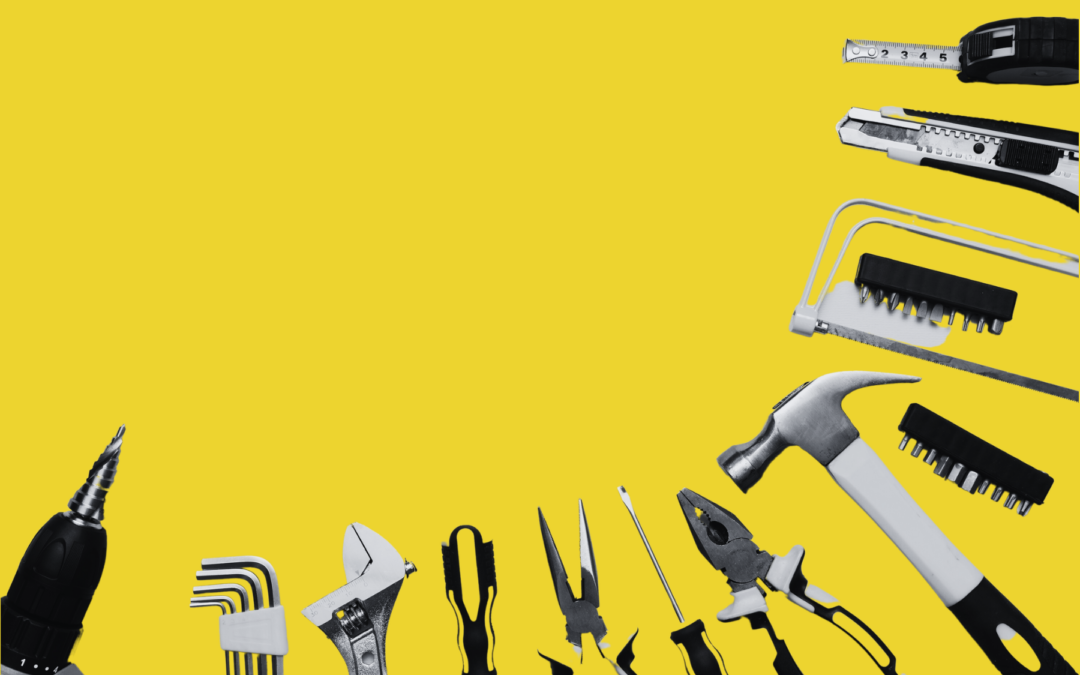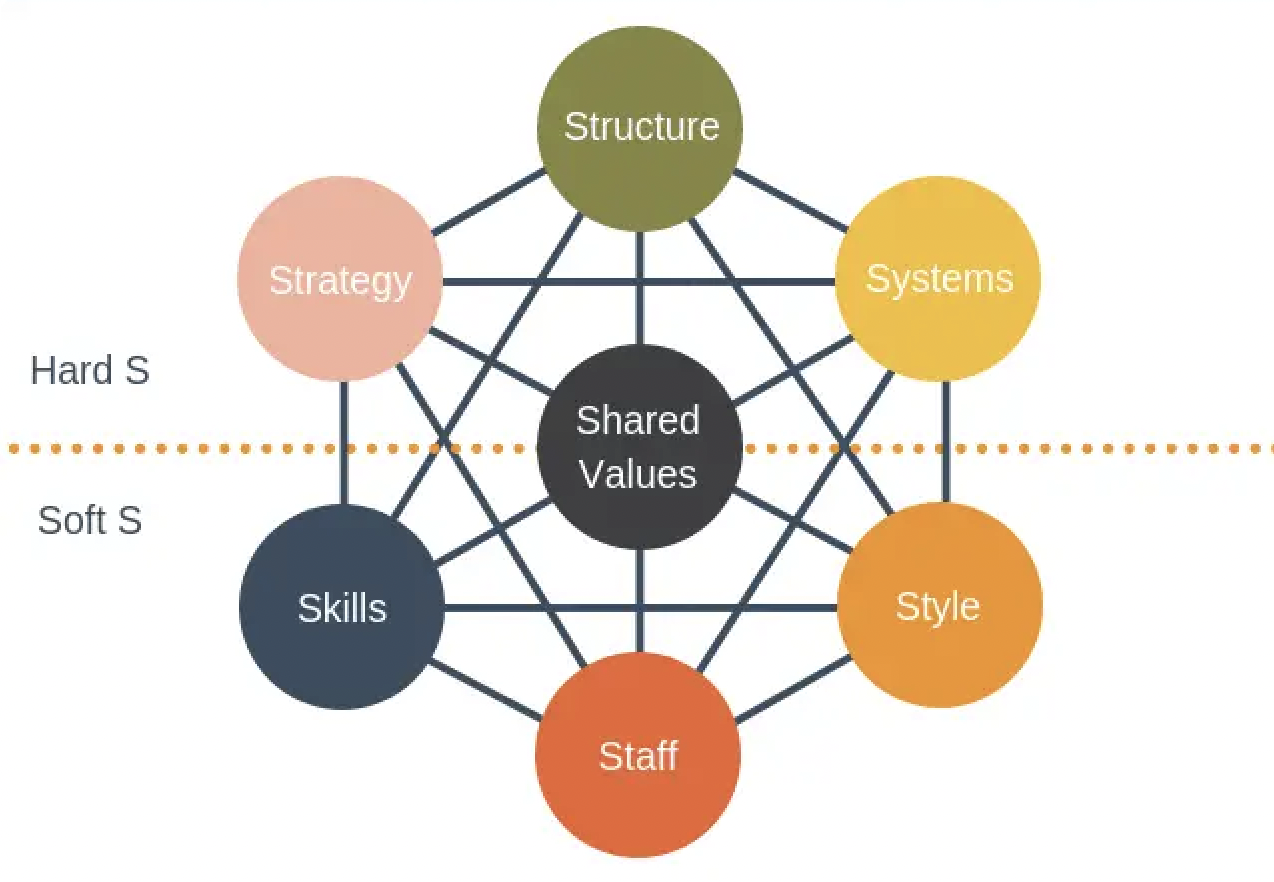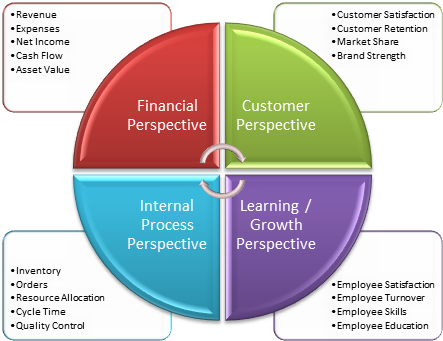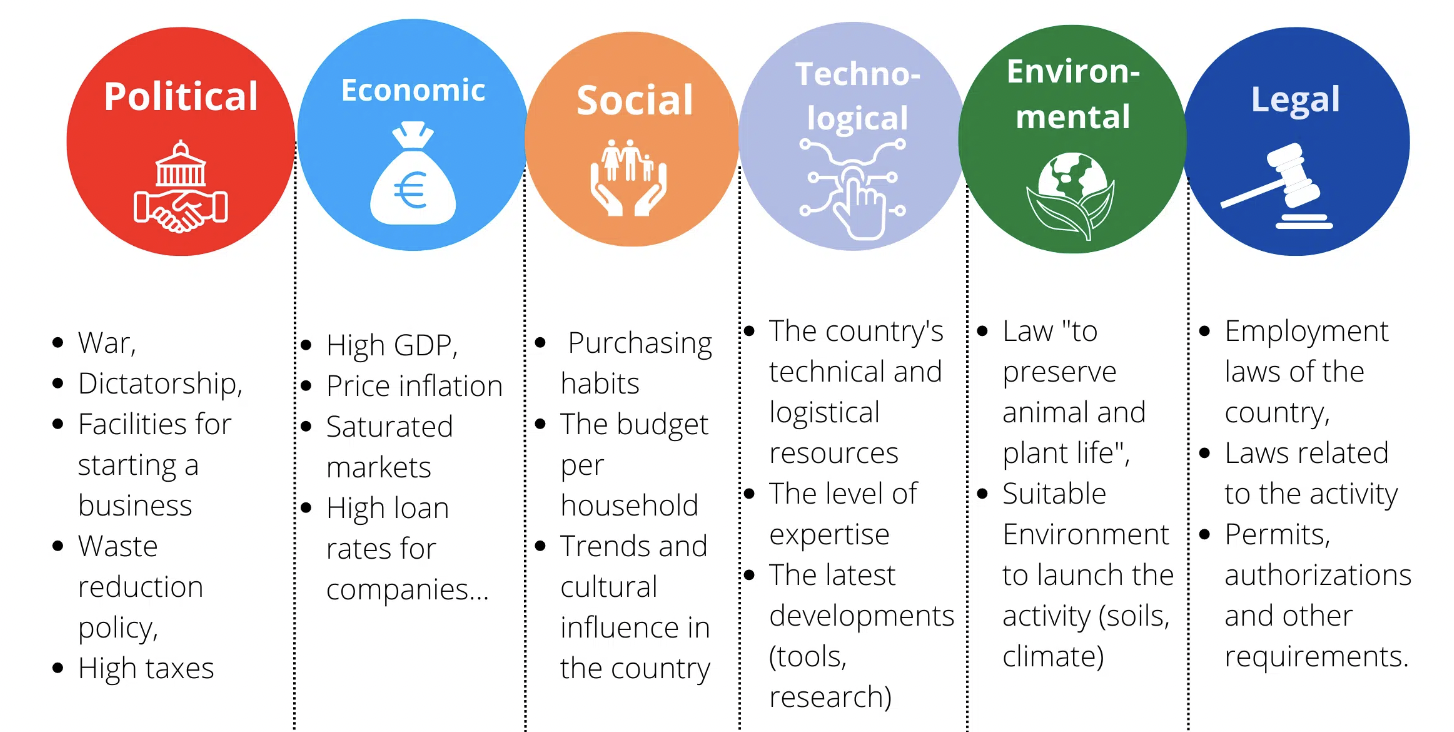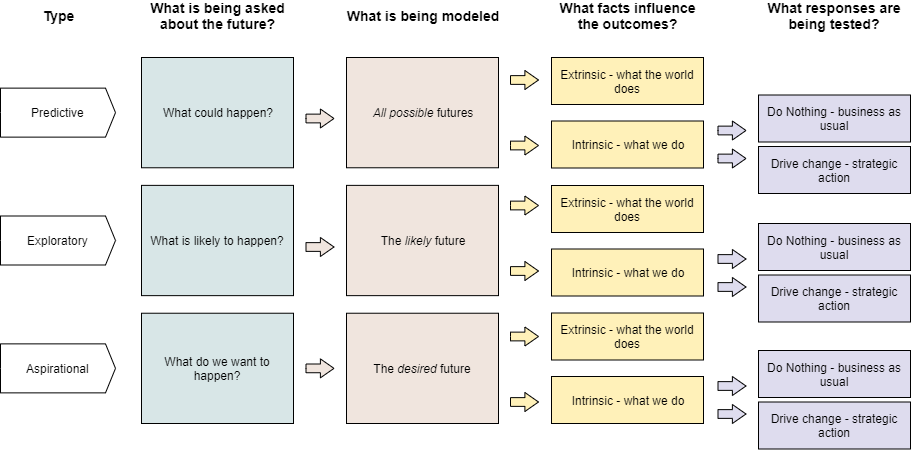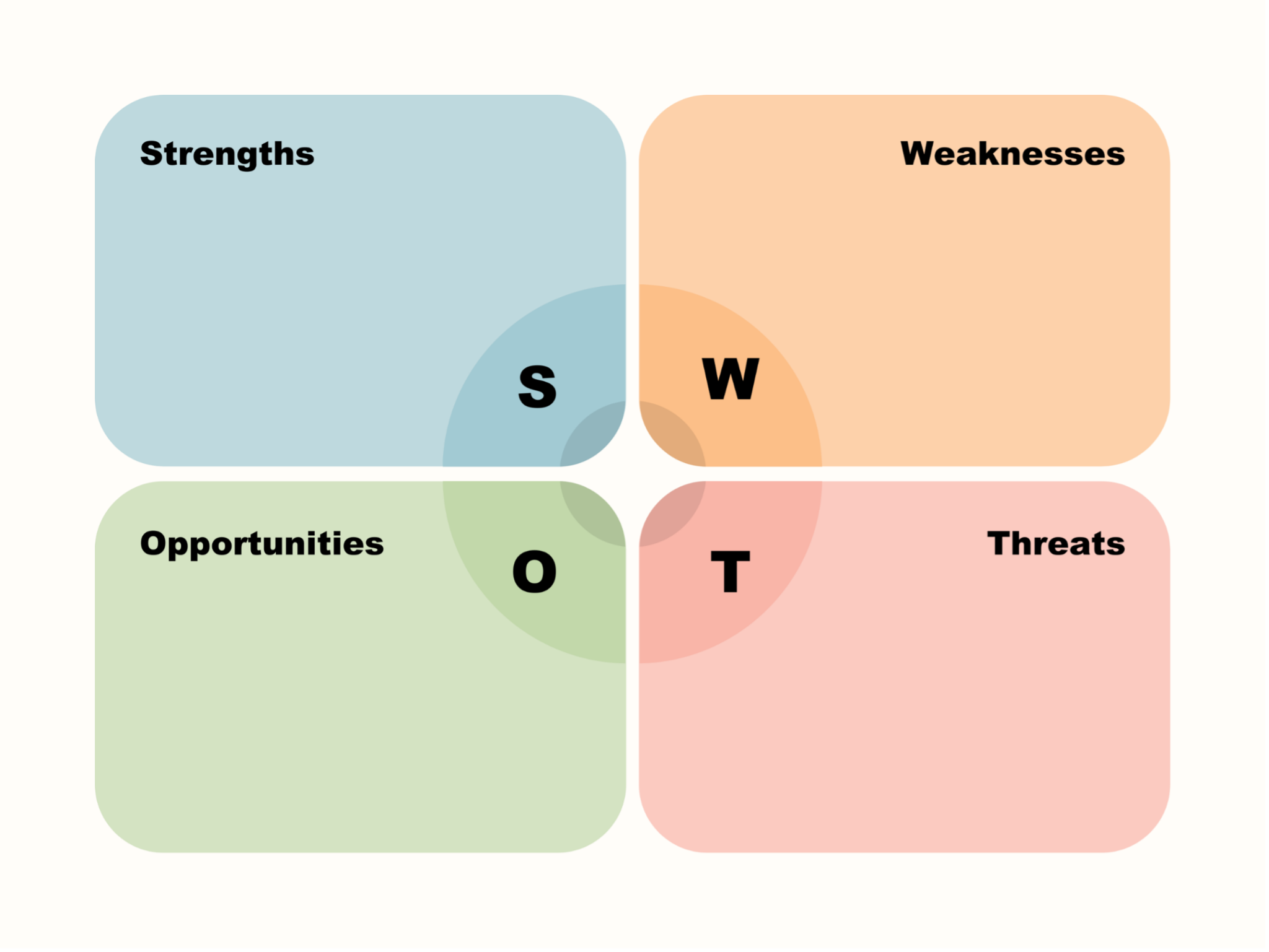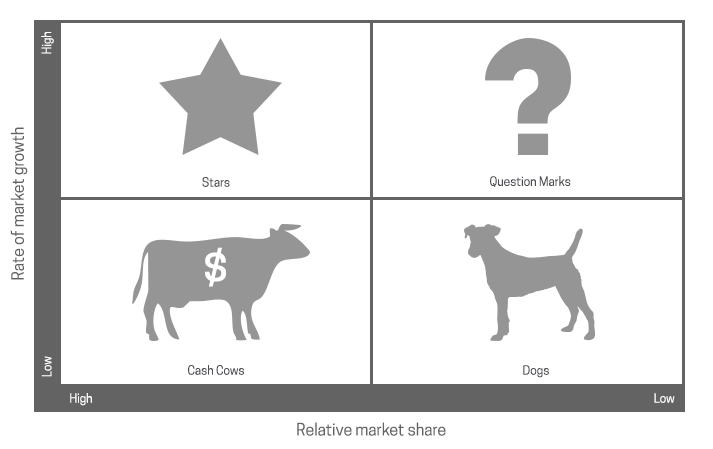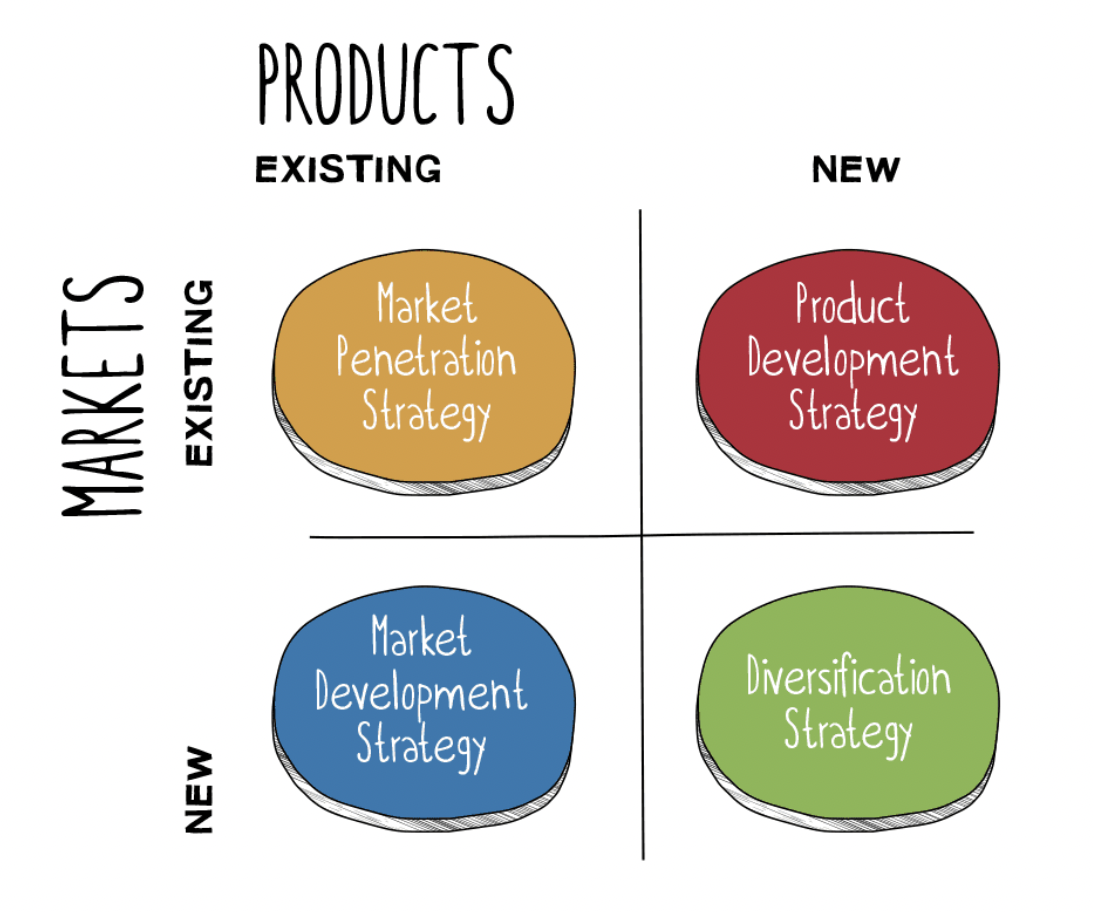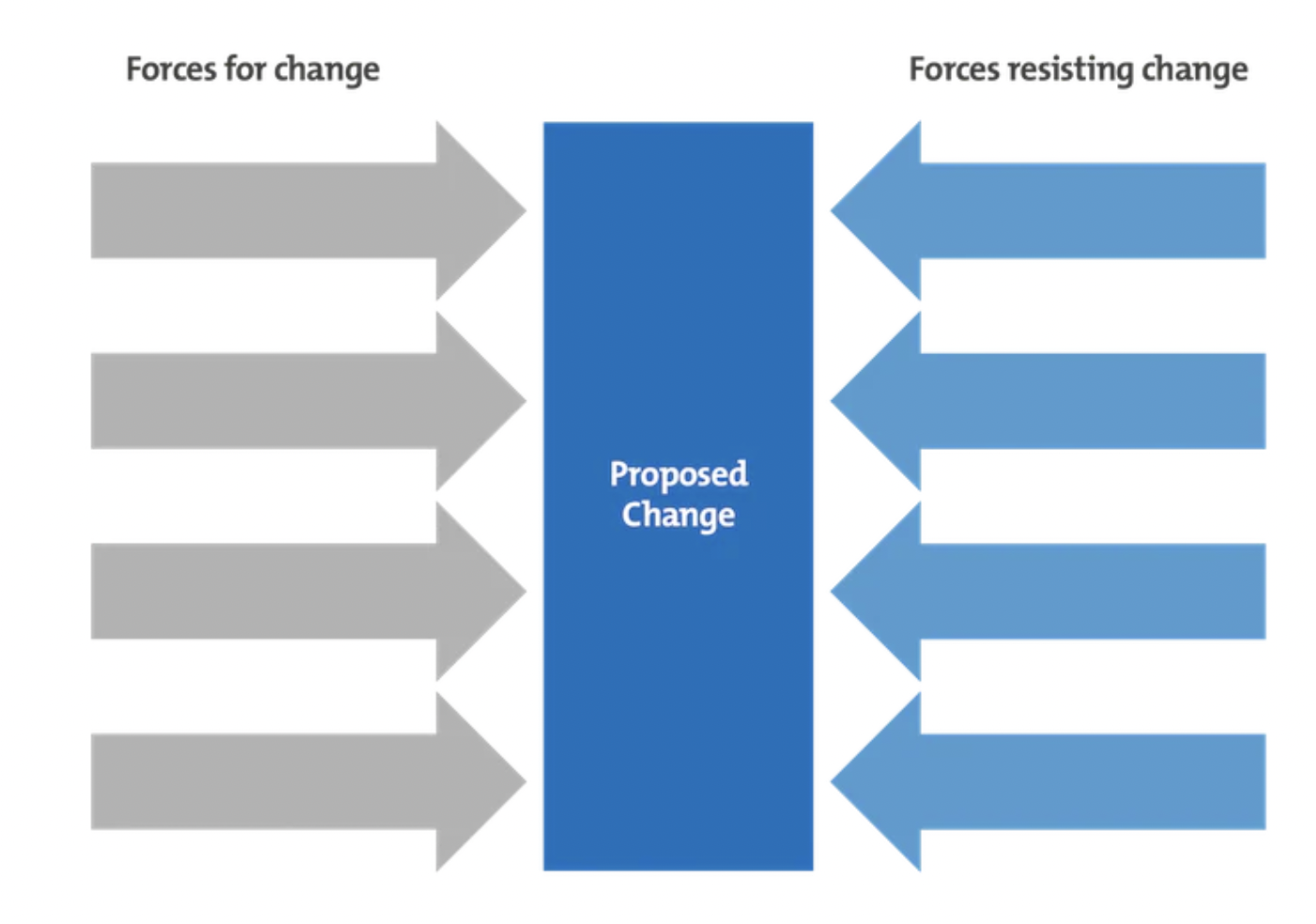Despite best efforts of nonprofit leaders, many times a strategic plan fails to deliver the goods. It’s hard enough to get a gifted and capable team to align around a plan, so there are very few things more frustrating for a leader on an Executive Team than when the...

5 Reasons Leading a Nonprofit is the Hardest Job in the World
You won’t hear it advertised at professional conferences or see it featured on slick “Top Careers” lists like this, but it’s the honest reality — Leading a nonprofit is one of the hardest jobs on planet Earth. Nonprofit leadership requires such a unique combination of vision, resourcefulness, empathy, diplomacy, and grit that many leaders find themselves in a near-constant state of adaptation. You bear the weight of urgent community needs, moral imperatives, razor-thin budgets, and a mission that matters too much to fail.
You’re not just managing tasks; you’re trying to rewrite that little sliver of the world’s story that your nonprofit feels called to impact—and that can feel like wrestling an alligator while balancing on a surfboard.
Consider the emotional load: you’re leading a mission based on hope, but often in the face of entrenched problems that resist quick solutions. There is never a simple “profit” metric telling you “great job.” Instead, you must measure success in things like changed lives, better opportunities, and restored dignity.
That’s wonderful and deeply meaningful work, but it’s also exhausting.
Then add the complexity of your various stakeholders—board members, donors, staff, volunteers, beneficiaries—each with different motivations and concerns. It can feel like trying to host a dinner party where one guest is vegan, another only eats gluten-free pastries shaped like dolphins, and a third insists on discussing 18th-century horticulture. Keeping everyone happy and focused is a high-wire act of relationship management.
As if that weren’t enough, your organization might be constantly tight on funds. You run lean because you must, and while that can produce creativity, it also generates constant stress. There’s a voice in the back of your mind whispering: “If fundraising slips even a bit, we may have to cut services.” We’ve been there. We know a heavy burden that is to carry.
And yet, you persist because there’s something deep in your heart that says this isn’t the way the world is supposed to be. It gnaws at you and aches in a way that only mission-driven leaders really understand.
You’d give anything—time, effort, even some illusions of work-life balance—to see your nonprofit reach its true potential.
Why It’s So Hard
At the end of the day, a nonprofit exists to change the world in a very particular way. It’s all about impact: the measurable, tangible difference you make.
In practice, “impact” means something very straightforward: the measurable difference your nonprofit makes in the community it’s called to serve. It’s the better test scores, the lower recidivism rates, the cleaner water, the families who move from crisis to stability. Yet achieving that impact is easier said than done.
Over the years, our team has worked closely with over 1,300 nonprofit organizations, helping raise close to a billion dollars in the process, and standing shoulder-to-shoulder with some of the most passionate leaders in the sector.
Over time, we have noticed a few common issues that block or dull the impact of even the savviest leaders, blunting the impact of the nonprofit:
Reason #1 – Leadership Sweet Spot
One pervasive issue is that nonprofit leaders get pulled out of their sweet spot. By “sweet spot,” we mean that unique zone where your strengths, passion, and organizational needs overlap. Nonprofit leaders often start in their sweet spot—perhaps they’re gifted educators running a literacy nonprofit, or community organizers tackling housing issues—but before long, they get sucked into tasks far outside their strengths. Maybe you’re a visionary suddenly forced to handle payroll, or a strategist stuck negotiating copier lease contracts. Over time, this drags leaders into fatigue and eventual burnout. It’s like watching a world-class pastry chef being asked to fix the kitchen plumbing. Sure, they might manage in a pinch, but long term? It’s draining and wasteful.
Reason #2 – People
Then there are people challenges: staff, volunteers, and board members who aren’t ideally placed or aligned. Often, these individuals are kind, committed people who genuinely care about the mission. The problem is that they’re not in the right seat on the bus—or maybe they shouldn’t be on the bus at all. Addressing these mismatches can feel heart-wrenching. How do you remove someone who loves the mission but can’t perform the required role? It’s a bit like having a friend who insists on singing lead vocals in your band, but they’re tone-deaf and terrified of microphones. You adore their spirit, but you know the audience isn’t coming back for an encore if you keep them up front. They have the heart of a rockstar, and none of the talent (this is me ata karaoke, by the way).
Reason #3 – Finances
Most nonprofits operate under perpetual financial uncertainty. You never seem to have quite enough resources to fully fund your vision. Complicating matters, fundraising methods are evolving. We stand in a “bridge moment” between old-school development tactics and new digital engagement strategies. Some try to blend donor-driven giving with revenue-generating social enterprises. Often, they end up doing neither particularly well, leaving donors confused and the organization stuck. It’s like trying to make a perfect latte while also baking bread and selling coffee beans by the pound, all from the same tiny countertop. Each goal is admirable, but you can’t give any of them the focus they deserve.
Reason #4 – Change
Add to all this a rapidly shifting cultural and technological landscape. The nonprofit sector is often slower to adapt. Strategies that were considered cutting-edge a decade ago might now be as relevant as a VHS tape in a Netflix world. Failing to modernize your approach can leave you clinging to tactics that no longer produce results. Picture someone using a flip phone in a world of smartphones—it’s charmingly old-fashioned, but it won’t send your donors the TikTok updates they crave.
Reason #5 – Scaling
For nonprofits ready to scale their impact, the obstacles loom even larger. Scaling in the social sector isn’t like ramping up a business product. It involves navigating complex social ecosystems, building trust, and carefully spreading proven solutions. Many leaders must map unexplored terrain without a guidebook—like pioneering explorers who must write the map as they travel. With each new step forward, questions multiply: How do we maintain quality at a larger scale? How do we manage more relationships without losing our personal touch?
Over time, all this can chip away at your spirit, can’t it?
Is it possible to achieve sustained, scalable impact without losing your mind or churning through your best people? Is there a path to lasting health and impact?
There is.
And that’s why Catapult exists.
Whether it’s strategic planning, creating gamechanging innovations, figuring out new funding streams or getting your staff or board aligned, we’re not only here to make your job easier…but we want to make it fun again.
A mission as important as yours doesn’t have to be this hard all of the time.
Is your organization ...
Stuck and unsustainable?
Stabilized and ready to grow?
Ready to scale?
Wherever you're at, we can help.




